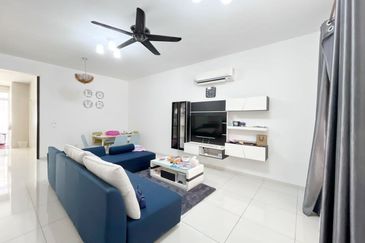
OVER the past year, Singapore-based Surbana Jurong has signed a series of collaboration and partnership agreements with various companies. The latest was on May 25, when it announced a partnership with Moshe Safdie of Boston-based Safdie Architects.
Safdie is renowned for the projects he has designed in Singapore — Marina Bay Sands, Jewel at Changi Airport and Sky Habitat in Bishan. Overseas, he is famous for Habitat 67 in Montreal, the Yad Vashem Holocaust Museum in Jerusalem and the National Gallery of Canada.
The collaboration allows the two firms to “jointly work on more high-quality design projects in Asia-Pacific”, says Wong Heang Fine, group CEO of Surbana Jurong. “More importantly, [it] allows our younger architects and designers to learn directly from Moshe and his team.”
Guarantee for investors in greenfield project bonds
On May 24, Surbana Jurong announced a collaboration with Credit Guarantee & Investment Facility aimed at increasing the use of local currency-denominated bonds to finance greenfield infrastructure projects in Southeast Asia. CGIF was established in 2010 to develop an Asean local-currency bond market. Its members are the 10 Asean countries, China, Japan and Korea (Asean+3), as well as the Asian Development Bank. CGIF exists as a trust fund of ADB and operates independently out of ADB’s headquarters in Manila.
The collaboration between CGIF and Surbana Jurong aims to deliver the assurance needed by institutional investors to make investments in greenfield project bonds. CGIF’s role will be as a guarantor via its Construction Period Guarantee, while Surbana Jurong will lend its expertise in examining and validating construction-related risks on these projects.
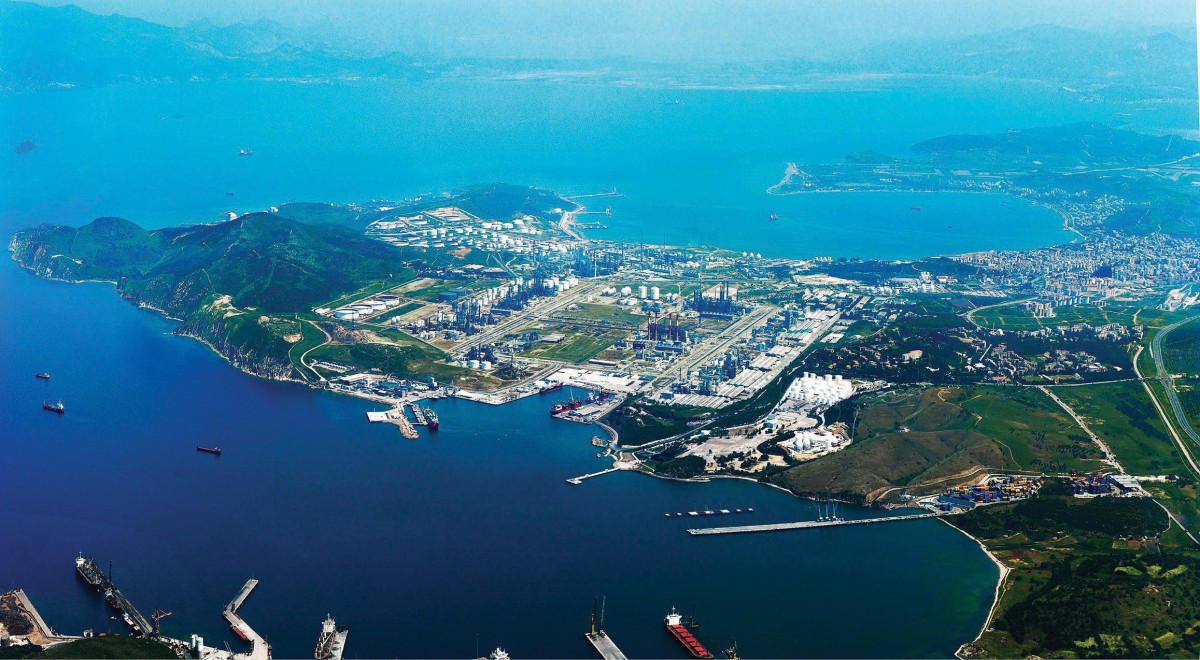
Assurance on project completion and availability of risk assessment will give long-term investors the peace of mind to invest in greenfield project bonds. “By joining forces with CGIF, we are able to offer guarantees on local-currency bonds issued by our clients, that is, those undertaking the construction of these infrastructure projects,” says Wong. “Local-currency bonds help mitigate the foreign-exchange exposure of any project.”
Low-cost, affordable housing
In March, Surbana International Consultants (Myanmar) signed a memorandum of understanding with Myanmar Construction Entrepreneurs Association to act as lead technical consultant for low-cost and affordable housing projects in Myanmar. The MOU comes at a crucial time as the association is working with the Myanmar government to meet its five-year plan of building one million residential units by 2030.
Surbana Jurong is involved in the master plan of the Ayeyarwun-Yadana housing project in the Dagon Seikkan Township in Myanmar. The project will be built on 220 acres of land and will yield an estimated total of 20,000 two-bedroom apartments. Future homeowners in Myanmar can look forward to a living space designed to cultivate strong community bonds and preserve the natural environment. A range of community-focused spaces such as courtyards and lobbies will be integrated into the estates to encourage interaction. Landscaped pathways that link residents to amenities will also be a key feature of the estates.
The prototype of affordable housing in Myanmar is modelled after HDB’s designs for public housing estates in Singapore. These designs have also been adapted for the master plan of townships in other countries, such as the 11,800-unit Bandar Cassia in Penang, Malaysia, and the 9,600-unit The Botanica township in Chengdu, China. The Botanica township is well-served by transport links and facilities such as a shopping mall, shops, kindergartens, a primary school, clubhouses and parks.
HDB, JTC heritage
Surbana Jurong can trace its lineage to Surbana International Consultants, HDB’s building and development division created in 1960. It was then hived off from HDB and corporatised in 2003. It became known as HDB Corp and ventured overseas to lend Singapore’s urbanisation expertise to other countries, such as China, in 2003. The company was acquired by Singapore’s state investment vehicle Temasek Holdings in 2004 and renamed Surbana Corp in 2005.
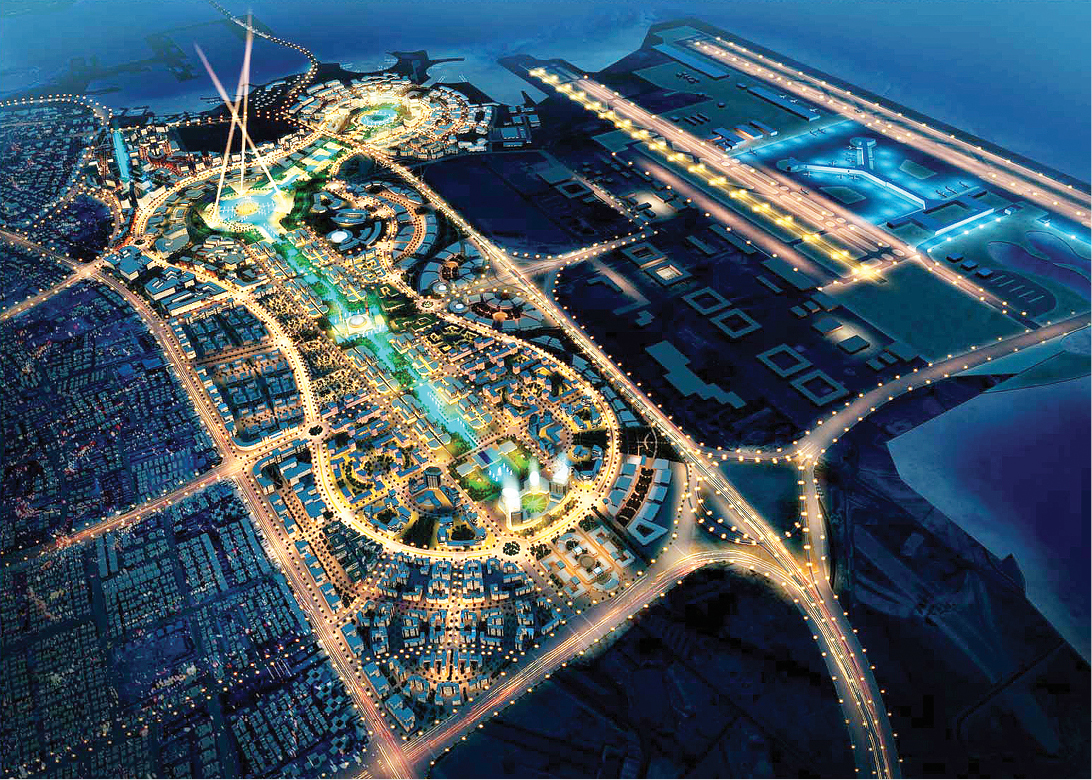
Meanwhile, Jurong International Holdings started out as the technical services group of Jurong Town Corp (now known as JTC Corp), a government agency in charge of developing and managing Singapore’s industrial estates. Also set up in the 1960s, Jurong International Holdings was corporatised in 2001. It became Singapore’s leading international consultancy for master-planning and providing infrastructure engineering services to industrial developments around the globe.
In February 2015, Surbana Jurong was created by merging Surbana International Consultants and Jurong International Holdings. Wholly-owned by Temasek Holdings, Surbana Jurong has built more than a million homes in Singapore, crafted master plans for more than 30 countries and developed over 50 industrial parks globally.
“Both companies have long, successful track records in Singapore’s urbanisation, industrial and infrastructure programmes over 50 years of national development history,” Liew Mun Leong, chairman of Surbana Jurong, had commented during the merger two years ago. Liew was the founding president and group CEO of CapitaLand Group from 1996 to 2012, before assuming his current position as chairman of Changi Airport Group and Surbana Jurong.
Going global
Since the merger, Surbana Jurong has grown from a global staff strength of 3,200 with an annual turnover of S$400 million (RM1.2 billion) to 13,000 people and turnover of S$1.3 billion a year. The merged company is able to harness the complementary capabilities, skill sets and project experience to pursue urbanisation, industrial infrastructure developments and smart city initiatives across the world. “Over just the past two years, we have evolved into a completely different animal,” says Wong, who joined Surbana after leaving CapitaLand, where he was CEO of CapitaLand Singapore (Residential).
The company has also grown exponentially, owing to several significant acquisitions made last year. The largest was Australia-based engineering consultancy SMEC Holdings, which was purchased for S$400 million. The deal increased Surbana Jurong’s headcount to 9,800.
One of SMEC’s significant projects is the Ipswich Motorway, a major freight transport link supplying goods to the city of Brisbane and access to the Port of Brisbane, Australia. SMEC is involved in the upgrade of Ipswich Motorway from a major four-lane highway to a six-lane motorway with the capacity to further increase to eight lanes in the future. The firm is also involved in the first stage of Sydney Metro (formerly known as the North West Rail Link), Australia’s largest public transport project.
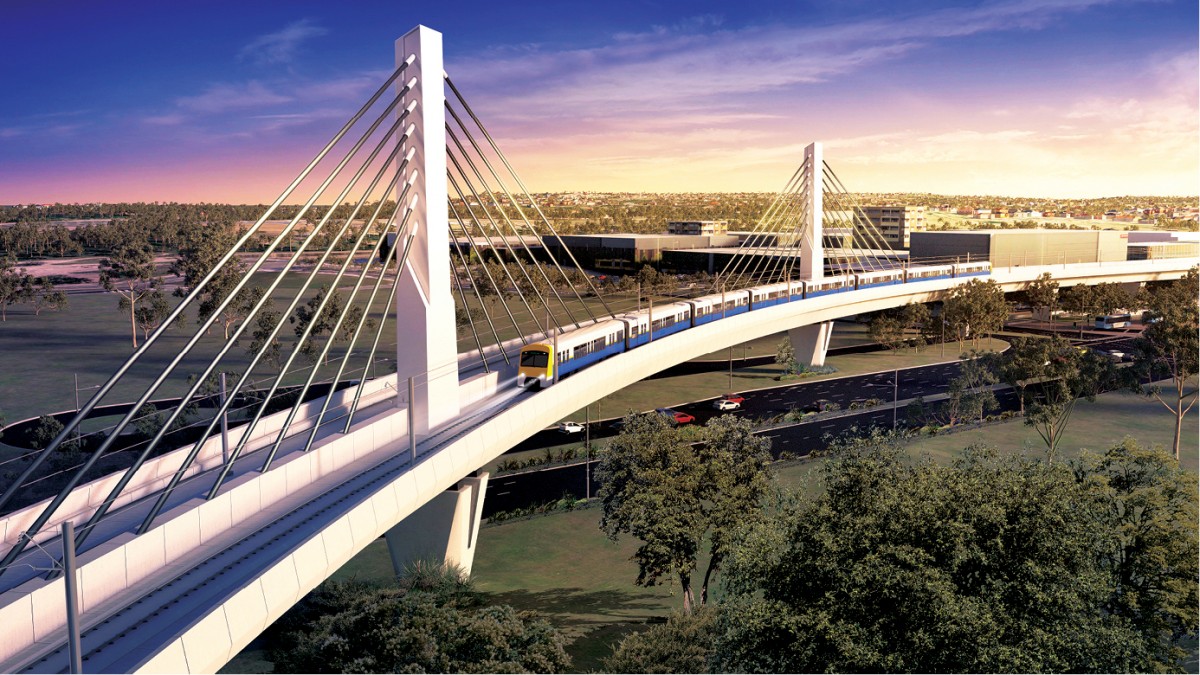
Outside Australia, SMEC was involved in the 372MW Ulu Jelai hydroelectric project located on the Bertam River in Cameron Highlands, Peninsular Malaysia. Once commissioned, the project will contribute 326GWh of peak energy annually to Malaysia’s power supply system.
Surbana Jurong’s core markets are Australia and Singapore, says Wong. “We are building our presence and operations in China, South Asia, Middle East and Africa,” he adds. In Africa, for example, Surbana Jurong has 1,800 employees who are involved in the master plans of infrastructure projects in various parts of the country.
In Doha, the capital of Qatar, Surbana Jurong conceptualised the master plan for Al Sahan Airport City, an aerotropolis inspired by an Arabian courtyard. The development will sit on a 1,400ha plot.
Surbana Jurong has also been commissioned by Turkey-based leading petrochemical company Petkim Petrochemical Holdings to design the master plan for the development of the latter’s site in Aliaga, Turkey. The project will be modelled after Jurong Island, and Surbana Jurong will provide integrated clustering and conceptual infrastructure review studies for Phase 1 of the development.
“At any moment in time, we have about 7,000 projects running because of the variety of services that we offer and our geographical reach,” says Wong.
‘Infrastructure boom’
Last October, Surbana Jurong acquired a 100% stake in security firm Aetos Holdings, one of three licensed auxillary police organisations in Singapore. Aetos, a former unit of Temasek Holdings, was purchased for an undisclosed sum. The acquisition will give Surbana Jurong the capacity to conduct audit and risk assessments of building designs and offer security solutions as part of its portfolio of services to clients. “Many of our clients are concerned about security,” says Wong. “So we, can incorporate it in many of our projects.”
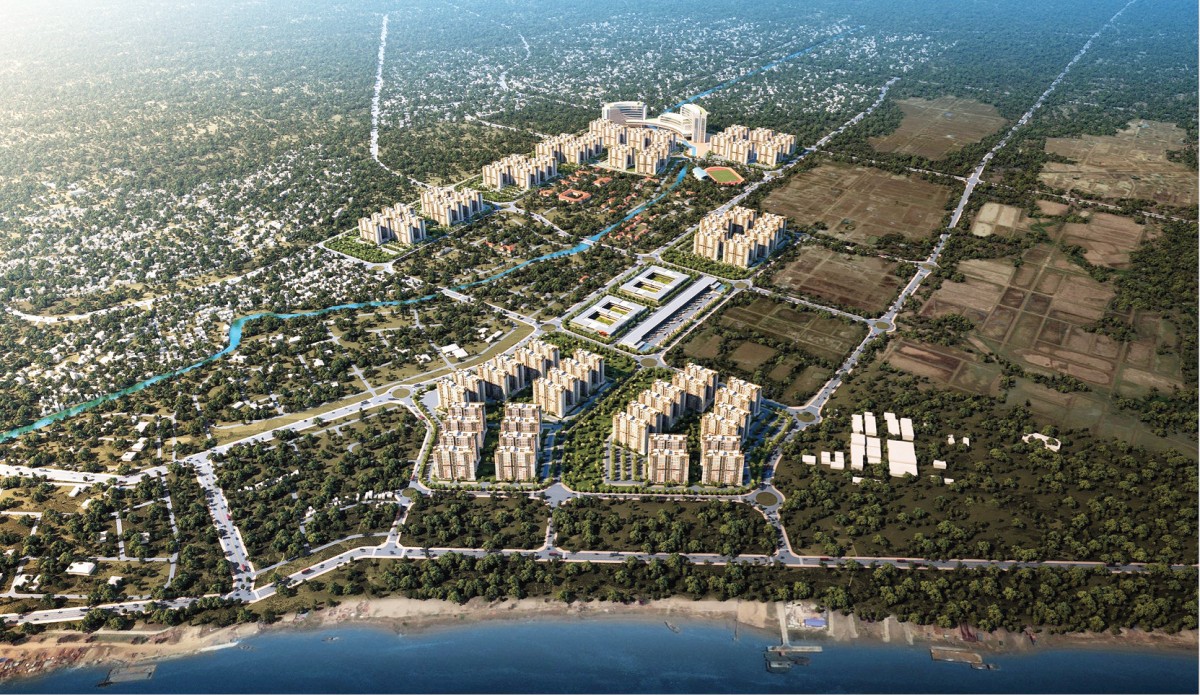
For instance, Surbana Jurong was the master planner for the new capital city of Amaravati in Andhra Pradesh, India, which will be designed as “a world-class smart city”. The group also master-planned Pulau Muara Besar, a 955ha island in Brunei Bay that will be transformed into a contemporary port with advanced industrial facilities. Surbana Jurong is also involved in the master plan for the Trincomalee port in Sri Lanka.
According to ADB estimates, developing countries in Asia-Pacific will require US$26 trillion (RM111 trillion) through 2030 to meet current and future power, water, sanitation, transport and telecommunication needs, as well as to maintain regional growth momentum.
Infrastructure spending is booming, notes Wong. PwC has forecast that infrastructure spending will grow from US$4 trillion a year in 2012 to more than US$9 trillion a year in 2025, with 60% of that taking place in Asia-Pacific.
Capitalising on Belt and Road initiative
In March, Surbana Jurong teamed up with China Highway Engineering Consulting Corp to provide design and consultancy services for highway and municipal projects globally. The joint-venture (JV) company, China Highway-Surbana Jurong Transportation Design and Research Co, is 51%-owned by China Highway and 49%-owned by Surbana Jurong.
A state-owned enterprise with a 25-year track record in infrastructure design and construction, China Highway is also one of only a few state-level highway service providers with projects in China and overseas. It is owned by CCCC, a state-owned transportation infrastructure group listed in Hong Kong and Shanghai. China Highway’s projects include roads, bridges, tunnels and buildings.
The JV company will leverage China Highway’s experience in transportation infrastructure and Surbana Jurong’s expertise in overseas planning and project management to pursue highway and infrastructure-related projects globally as well as to undertake projects under the Belt and Road initiative, says Surbana Jurong’s Wong. The company aims to capture a bigger slice of the infrastructure spending pie. Currently, it has more than 100 engineers in its Beijing office and the number will be gradually expanded.
From deep tunnelling to farming
According to Wong, Surbana Jurong’s order book stood at close to S$2 billion as at end-1Q2017. The company is looking to expand its footprint to new markets, namely the US and Europe.
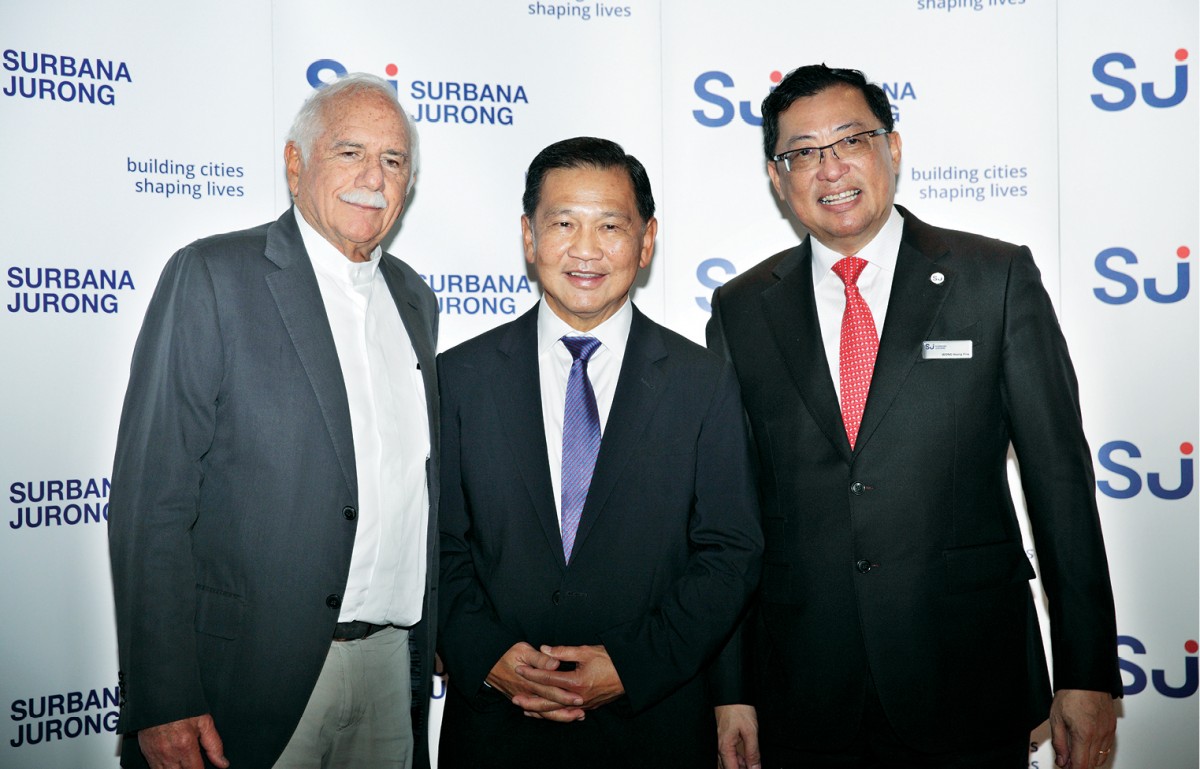
In Singapore, Surbana Jurong is involved in the master plan for Tuas mega port. It has also secured tunnelling projects in the new Changi East Development, which will house the future Changi Airport Terminal 5, as well as projects in connection with PUB’s deep tunnel sewerage system.
Surbana Jurong has also translated vertical living in high-rise flats in Singapore to farming. For instance, the company is collaborating with an entrepreneur on the construction of a vertical fish farm to grow expensive grouper fish.
It is also building a “poultry hub” that can be leased to multiple tenants handling different aspects — from rearing chicken to slaughtering, deboning, cutting and packaging. “We offer vertical solutions to manufacturing processes,” says Wong. “That’s our skill set. Vertical farming solutions are critical in Singapore, given its scarcity of land.”
Surbana Jurong is also cleaning up one of the lakes in China famous for harvesting hairy crabs. And when the lake is cleaned up, “the hairy crabs will be larger and fetch higher prices”, says Wong. “It’s exciting because there is no other Asian company that is equivalent to us in terms of diversity of skill set [and] geographical footprint.”
This article first appeared in The Edge Property Singapore, a pullout of The Edge Singapore, on June 5, 2017.
For more stories, download TheEdgeProperty.com pullout here for free.
TOP PICKS BY EDGEPROP

Pulau Indah Industrial Area
Pulau Indah (Pulau Lumut), Selangor
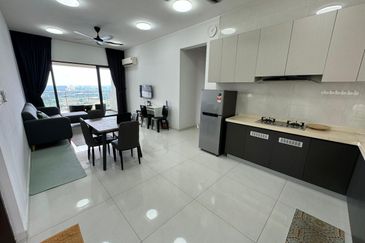
Royal Strand @ Country Garden Danga Bay
Johor Bahru, Johor

Citrine Hub Residences, Sunway Iskandar
Iskandar Puteri (Nusajaya), Johor

Eco Botanic
Iskandar Puteri (Nusajaya), Johor
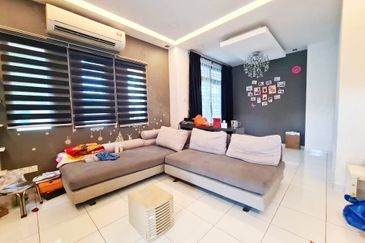
Taman Bukit Indah @ Iskandar Puteri
Johor Bahru, Johor

Taman Mawar, Bandar Baru Salak Tinggi
Sepang, Selangor






